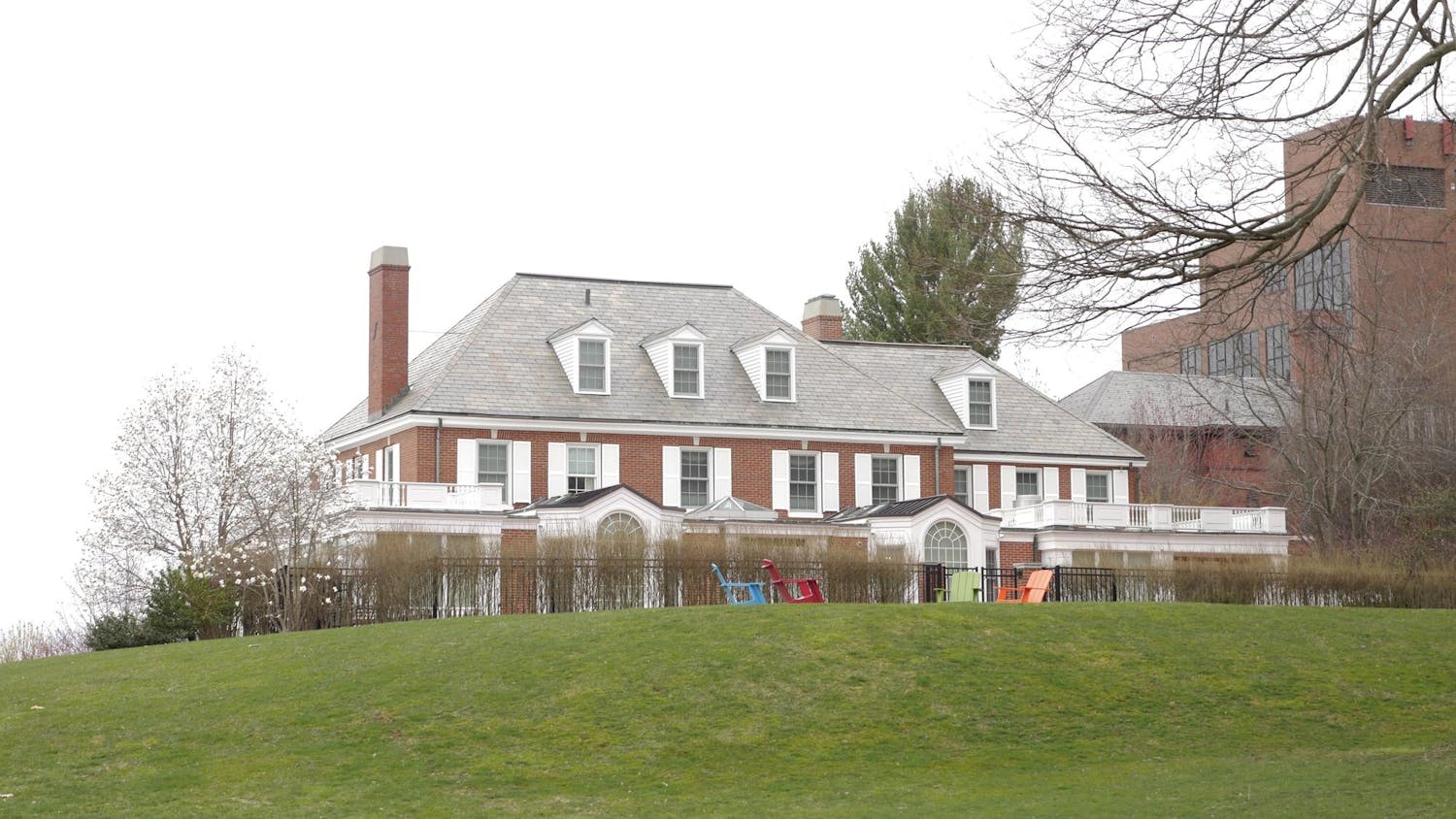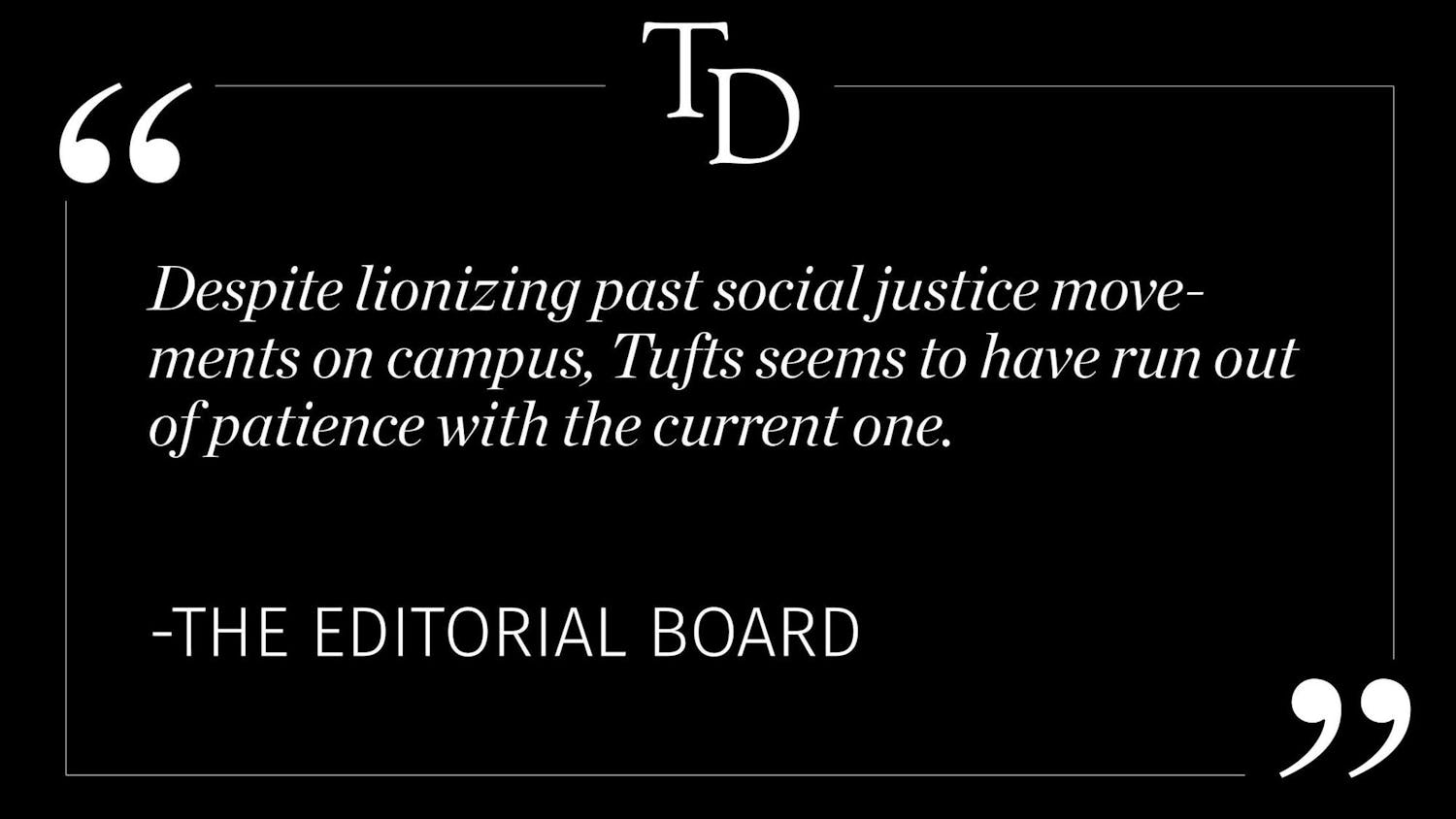Thinkpieces and magazine articles alike talk about private college as a pressure-cooker, full of controversy and in need of massive reform by policymakers. Whether improving access, helping with student debt, evaluating Greek life or hook-up culture, media and policy narratives underline private four-year colleges like Tufts, our fellow NESCAC schools and big state schools nation-wide. That leaves out all the other college students, not always between 18 and 22 years of age, many of whom have distinctly different circumstances and paths that need to be included.
When we take a broader scope of the American college-aged population, the stereotypical college experience commonly portrayed in the media isn’t mainstream. An estimated 45 percent of college students are at community college.Meanwhile, the National Association of Independent Colleges and Universities states that 3.4 million students are enrolled in private universities nationwide with a whopping 7.8 percent of those attending college.The rest attend public colleges and universities, where the majority of students work at least part-time.But often these issues aren’t part of the discussion in media articles about college, partially because most of the people working for places like The Atlantic, The New York Times or The Tufts Daily attended wealthy private schools and are reporting on the issues in their bubble. As education journalist Jeff Selingo points out, this causes us “to view higher education through the eyes of private higher education.”Even Monsters University creators visited Harvard and UC Berkeley to decide on the model of the campus and the social life they would portray in their movie.
The first part of the onus is on us as media contributors to begin widening the focus of these conversations to include real problems faced by a wider spectrum of college-aged population. Issues in public institutions, two-year community colleges or vocational schools are often looked over. When we advocate for changes to the day-to-day life of students, it's important to recall the need, for example, for flexible class schedules that allow students to work full time. When it comes to conversations about higher education, we need to be aware of biases, stereotypes and subjectivities propagated by the privileged few in the media to better accommodate those outside of our bubble.
That’s not to say that problems experienced at private colleges should be ignored or that they aren’t as important, but rather that they only tell part of the story. One way to start introducing more objectivity to the scope of issues faced by college students is to be more intentional, selective and critical about the types of media we consume, the debates in which we choose to engage and the stances we take when we think about class. This way, media sources can be influenced as they pick up on the preferences of their viewers or readers. Finally, look for ways to take action in your local community that actively improve your regional universities or community colleges.
It’s fun to talk about how Tufts’ acceptance rate is lower than Cornell’s this year or the new dining hall that Notre Dame just opened, but remember to think about the vast majority of students who are what we call “non-traditional” college students; maybe it’s time to acknowledge that really it’s we who are non-traditional.
More from The Tufts Daily





